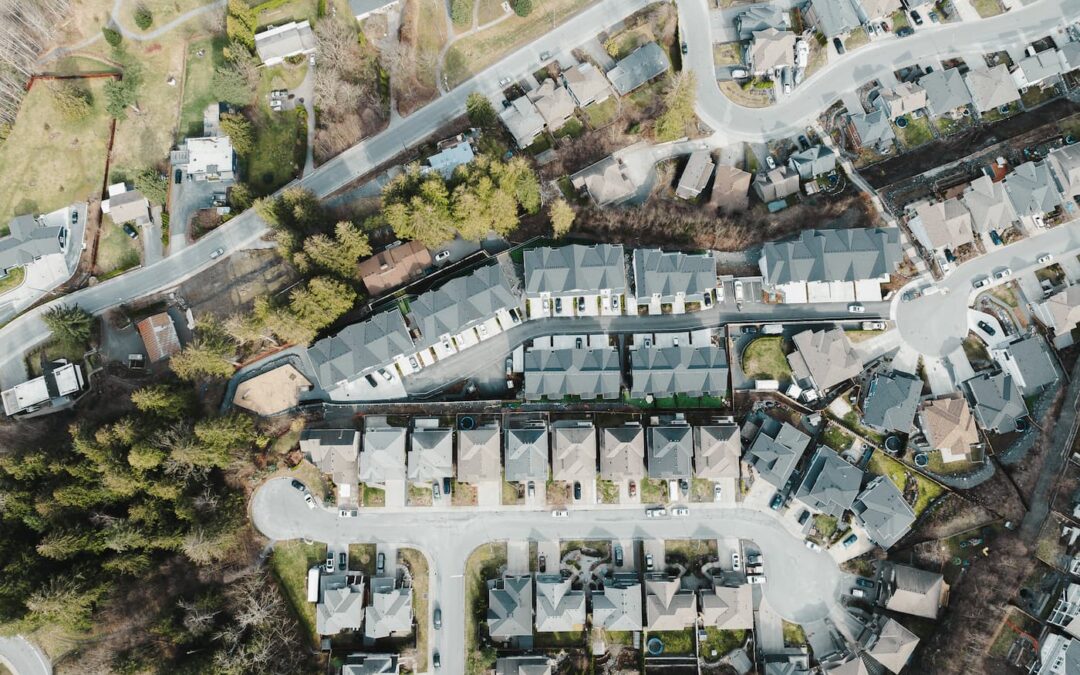The average asking rent in Canada reached $2,185 in June, reflecting a 7% increase compared to a year ago. Although significant, this growth represents the slowest annual rate in 13 months, as reported by Urbanation and Rentals.ca. Let’s dive into the details and factors driving this trend in the Canadian rental market.
Current Rent Statistics and Trends
June’s rent statistics reveal notable trends in the rental market. The average asking rent increased 7% from the previous year despite the slower annual growth rate. Interestingly, June also experienced a 0.8% month-over-month decrease in average asking rents, marking the largest decline since early 2021. This decrease is atypical for this time of year, indicating shifts in the market dynamics.
Factors Influencing Rent Increases
Several factors are influencing the rise in rents. The supply and demand in the rental market are rebalancing, providing some relief for renters and aligning with the Bank of Canada’s economic goals. The influx of new condo units built during the pandemic construction boom has increased supply, contributing to the recent decrease in average asking rents.
Moreover, shelter costs have been a significant driver of inflation over the past year. With a Consumer Price Index (CPI) basket weight of 28.57%, shelter has contributed more to overall inflation than any other component measured by Statistics Canada. As a result, the rising rents are a crucial element in understanding the broader inflation trends in the country.
Regional Rent Variations
Rent changes vary significantly across different provinces. Saskatchewan saw the highest increase, with a 22.1% rise to reach an average asking rent of $1,339. In contrast, Ontario experienced a 1.3% decline from the previous year, with average rents at $2,382. Rents in British Columbia remained stable during this period.
In terms of unit types, the average asking rent for a one-bedroom unit in June was $1,918, a 7.7% increase from the previous year. Two-bedroom units saw a 9.6% rise, with an average asking rent of $2,301. Purpose-built rental apartments experienced an 11% year-over-year increase, averaging $2,121, while condominium apartment rents rose by 2.6% to $2,320.
Regional Spotlight
- Saskatchewan: The significant increase in rents is partly due to a surge in demand driven by population growth and economic recovery.
- Ontario: The slight decline reflects a rebalancing of supply and demand, particularly in urban centers like Toronto.
- British Columbia: Stable rents indicate a balanced market, with new supply keeping up with demand.
Future Projections for the Rental Market
Looking ahead, the Canadian rental market is expected to continue evolving with several key trends:
- Increased Supply: Ongoing construction projects will likely add more rental units, especially in major cities.
- Economic Factors: Interest rate changes and economic policies will impact rental demand and affordability.
- Migration Trends: Population movements, both domestic and international, will shape regional rental markets.
The Canadian rental market is experiencing a steady rise in average rents, driven by a rebalancing of supply and demand and significant contributions to overall inflation. While some regions like Saskatchewan see substantial increases, others like Ontario and British Columbia show more modest changes. As the market continues to evolve, these trends will play a critical role in shaping the future of renting in Canada.
What are your thoughts on the rising rent trends in Canada? Share your experiences and insights in the comments below! For more updates on the rental market and real estate news, subscribe to our newsletter.
